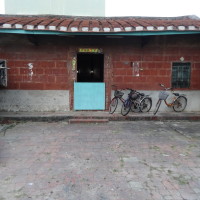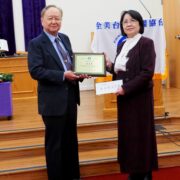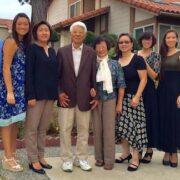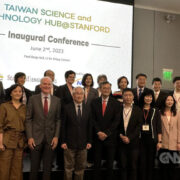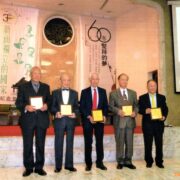A Country Boy from Tainan, Taiwan to Chicago
By Stan Lin 林舜達
My Family Background
I (Stan Lin) was born in 1935 at 8, Rakka Village, Quie-jin Shiang, Tainan County, Taiwan (台南縣歸仁鄉六甲村八號, Fig. 1). I am the second son of Teacher Wen-Li Lin (林文理老師) and Mrs. King-Yu Yang Lin (林楊金玉助產士). At that time, Taiwan was a colony of Japan. In 1937, Japan invaded China. Shortly after World War II break-out.
My family has four boys and one girl. The girl is three years older than me. We, four brothers all attended the Tainan First High (with Middle School) School (台南一中; 初, 高中部) by passing written examinations. It was the best high School in the southern region of Taiwan. My sister attended the Tainan First Girl School.
My elder brother Yaw-Daou Lin is a retired principal of an elementary school. My sister Jang Hong Lin was also a retired elementary school teacher. The third brother, Dr. Cheng-Tse Lin, M. D., passed away during in the US as medical intern at the St. Mary Hospital, in Waterbury, Connecticut in 1970.
My youngest brother Chuan-jui Lin, Ph. D., P.E., majored in structural engineering. He worked as a nuclear engineering consultant for three decades and as an employee of the Taiwan Nuclear Commission in Taipei, Taiwan. He retired in 2005 and currently is a resident in Tainan, Taiwan.
Father. During the Japanese occupation, my father attended (1910s) the Tainan Normal School to become an elementary school teacher until the end of World War II in 1945. Then he became the Dean of the Business at the Shin-Fong Middle School until retired in 1980 and passed away at age of 88 in 1997.
Mother. My mother was the second daughter with four other sisters and three brothers in the Yang family. My grandmother also had a big family. She has four brother and two sisters. Her father, Dr. Tein Yien (嚴佃), also my great grandfather, was a traditional Chinese medical doctor who practiced herbal medicine in a town of Da-Ba-Nii (今台南玉井). There is an interesting story involving Mr. Yu Chin-Fong who lead a group of farmers to fight against the army of Japanese Emperor – this was called ” Yu, Chin-Fong Revolt [余清芳(風)事件, 噍吧哖事件, 或 西來庵革命事件; see Appendex A-E for some details of the events]. Since the Japanese occupied Taiwan on May 29, 1895, there were many anti-Japanese events occurred due to unfairness and poor treatments to the Taiwanese. But the 1915 Yu Chin- Fong Revolt was the largest and the last one. Mr. Yu and other leaders organized several thousand revolution army to take over Japanese government and to create Taiwan Nation. The revolution war took 14 months from May 1915 through July 1916 that covered the areas including Taipei, Chang-Hua, Nan-Taou, Chia-Yi and Tainan. The Yu’s brave Taiwanese revolution army could not beat the Japanese army due to poor weapons, short of manpower, Taiwanese traitors, and cheating of Japanese. Some Taiwanese committed suicide, some were arrested, and some fled to the mountains. It was reported that about three thousand of the Taiwanese fighters lost their lives. Thereafter, Japanese government massacred the innocent town people (estimated 5,000 to 6,000) in Si-Lai-Yen (西來庵). My Great Grandfather was arrested for his financial supports to the Yu’s group. He was electrocuted to death; he died in Tainan City Jail. He should have been declared by Taiwanese government as a hero of anti-Japan occupation.
All of my great grandfather’s seven sons, not daughters, were captured by Japanese army. All his sons (some were married, the youngest one 12 years old) with many other revolutionists at Si-Lai-Yen were crudely killed. The army ordered the prisoners to dig a big hole, then covered their eyes, knelt down along the side of that hole; and the Japanese solders drew their swords and cut off their heads and kicked them down into the hole. A few hours later after the execution, the Empire sent orders to not kill the youngest one, but it was too late to save him. For more information regarding Si-Lai-Yen event, one may visit the web-sites or the follows:
- 余清芳, Yu Cheng-Fong (https://zh.wikipedia.org/zh-tw/余清芳)
- 余清風紀念碑 (taiwanschoolnet.org/cyberfair2005/C0521170085/5)
- 西來庵革命事件民族英雄余清芳、羅俊、江定 (www.taiwanus.net/history/4/41.htm )
- 噍吧哖的抗日故事 (peigei.ho.net.tw/introduction_01.php)
- 血染噍吧哖—余清芳(西元1879年—1915年) (https://market.cloud.edu.tw/content/local/kaushoun/…/people7.htm).
My mother was specially trained to be a mid-wife. During the 1920s, they were short of medical services. I remember that my father’s salary was a few months delayed after Japan surrendered. My mother’s mid-wife income helped my family survive.
My mother had honored as a “Model Mother in Tainan County” for several times due her efforts for maintain a model happy family and successful children.
Children. Mei-Ling Chang and I married in Syracuse, New York in1965. We have one son and one daughter. My son is a computer specialist at a soft-ware company. He is married. They have two daughters. The elder one was graduated from Brandie University in 2015 (currently working at a BU laboratory and is planning to pursuit a M. D./Ph. D. program. The young one was adopted a decade ago, age of 12 in 2015).
Relatives. My relatives form my parents sides are common good citizens, honest, and hard workers. I have 20 some cousins. Only five of two-dozen cousins were financially OK. There is none get rich when Taiwan had economic booms during 1970s and 1980s.
My wife’s cousins are academically or financially successful. Currently we have eleven people with Ph. D. in the U. S. and six Ph. D. degrees in Taiwan. Several of the Lee’s family has MS degrees. There are three members (brothers) of the Taiwan Academia in the Lee family. The most distinct person is Dr. Yuan-Tse Lee (李遠哲), a Nobel laureate who specialized in Chemistry at the University of California, Berkeley and now in Taiwan.
For my mother-in-law’s (Pi-Ju Lee 章李璧如) side of the family, we have 16 families of my generation in the United States. The Lee’s family usually has family re-union once every two years. The lee’s family reunions were held five times in Peoria. More than forty people got together several times in my old huge house in Peoria, Illinois.
Educated in Taiwan (1942-1958)
Elementary School (1942-1948). When I attended the Kui-Jin Elementary School (1942-1948), my classmates and I from the Village of Liu-Char, (Fig. 2) had to walk for a distance of 2.1 kilometers (1.3 miles) rain or shine. From grade 1 to grade 4, I received Japanese colonial education.
In a morning in the early spring of 1945, there was a dogfight between the US and Japanese fighter airplanes at the sky of the Tainan areas. Thereafter, every evening the US bombers came to have air raid until Japan surrendered. We have to the so called “anti-air raid pit.” It was scary.
Middle and High School (1948-1954). I passed the entrance examination and attended the Tainan First Middle School in 1948 and the Tainan High School in 1951). During the school days, every morning, I have to wake up around 5 a.m., had a quick breakfast, then ran (sometimes my father took me on his bike) or walked (10 min.) to catch the train. The train ride was around 50-60 minutes. The train transportation was a side business of the Taiwan Sugar Co. The narrow rails (1.2 meters apart) railroads were designed for shipping sugar canes from farms to the sugar process plant. All students got off at a station near Tainan city. I have to walk again for around 25 minutes to the First Tainan Middle and High Schools.
Each morning when I reached the school, I was hungry and ate some of my lunch. At 8:00 a. m., it was mandated to have morning session for one hour. All students from the Grades 7 through 12 lined up on the track field to listen the political speeches. I dislike this activity, because under the sun light and tired standing for an hour. Our classes were dismissed around 3 p.m. We had to stand on the track field for political brain wash again for 1 hour or so. Then we had to take turns to clean the classroom and bathrooms after class sessions. After afternoon cleaning, we had several classmates who stayed in the classroom to study together.
I have hard times to find a nice and quiet place to study or do homework at home. We have many people in limited spaces. The chicken always came in the center-hall where I study. In order to prepare the college entrance examinations, I have to walk (25 min.) to a new elementary school nearby to study. At that time, we have only one time examinations for college. I was lucky that I got in the National Taiwan University (Taida, 台大). It was one to 25 ratio competing for admission. We have about 200 students graduated in the 1954 class from the Tainan First High School, roughly 98% attended an university or college.
College Life (1954-1958). I was admitted to the Mechanical Engineering Department of the Taida as my first choice by the entrance examination. In the College of Engineering, there were 26 freshmen English classes depending on the English score of the entrance examination. I was in the last 26th English class (the reason, see Section above). I can get in the college based on high scores in math and science.
Most of college kids take easy in the college life (not like the U. S.). Because we have had 6 years of hard works in the middle and high schools. In my sophomore year, I transferred to the Department of Civil Engineering form the Mechanical Engineering. Because there were many constructions carried out in Taiwan, after the World War II. Each (civil, mechanical, electrical, and chemical) department has one class of 50 students admitted by examinations; and one class of oversea-Chinese students from Hong Kong and south Asia of free admission examinations.
Most of my classmates stayed at the No. 5 or 6 boy-dormitories (15-20 min. walking distance from the main campus. It was a good chance to have more friends. The bath room was a huge room without dividers. The students have to scoop out the water from a big basin. Many times we experienced short of water supply.
Eight students stayed in one room. Four step-up bumper beds (two at each side) set against walls. There were four double side study desks placed at the center isles. It was a hard time to find a quiet place to study. The campus main library was always crowded. The students left his or her books on the study desks to occupy the spot. It is not the case for now-a-days.
After sophomore year, I self –taught and took the Civil Engineer EIT (Engineer-In-Training, so called CE technician ( 土木工程技士) examination. I passed the government EIT examination in the summer of 1956. After my Junior year, I passed High Grade Examination for Licensed Civil Engineer (士木工程技師) in the summer of 1957. After immediately graduated from the Daida, I passed licensed Sanitary Engineer (衛生工程技師) in the summer of 1958.
During my senior year, I was elected as the class representative. I was Vice President for the1958 Class Students Association (代聯會) of Taita. Dr. Chaun-Hong Chang (張燦洪?) was the President. We worked to produce 1958 Taida Alumnus (同學錄).
After College in Taiwan (1958-1963)
After college graduation, at that time, every boy has to join (drafted) the military service as reserved officer for one year or longer. I was drafted to the navy, fortunately. After only eight weeks training (I never shut with a pistol and never was on a naval ship), I was awarded as an ensign and assigned to the navy headquarters at Da-chu (大直)in Taipei city. My duty was to inspect all engineering constructions. I noticed a corrupt activity. The construction was completed; the constructors kept coming for the payments. The navy officer in-charge stayed away and postponed the payment. He wanted money under the table.
I should get out of the navy after one year of service. But I was forced to serve for two more years. On August 7, 1959, there was a historical 200-year flooding in the middle of Taiwan. The river waters were overflowed; the river banks and bridges were destroyed. The army was responsible for the re-construction jobs. Thus most of civil engineers reserved officers have to extend their services. I was assigned to the Ta-chia areas as a foreman for the army. I stayed and ate with soldiers. The group foods were fine. But the foods were placed on the ground-top of the broken bank. Numerous flies joined us for lunch. I hated flies the foods. The soldiers did not care much about the flies.
Before the end of 1970s, the night soil managements were so poor. Most family has own toilet pit (in city or country-sides). Periodically the night soil was removed manually passing alleys and streets. Only some schools have septic tanks. Nowadays, modern flash toilets are popular. But most domestic sewage is directly discharged into ditch then to waterways, unfortunately.
After the repairements of the dams was completed, six of the naval reserve officers were transfer to the office of the Chia-Nan Ta-Chun (嘉南大圳)in Tainan City. We worked for the irrigation system and until retired from the military service in the summer of 1961.
The government assigned us jobs to join the Bureau of Water Conservation in Taipei City. The job assignment was to work on the new dam construction of Wo-Shan-Tou Reservoir (烏山頭水庫), in Tainan County.
One of my best friends, he was a foreman at the Wo-Shan-Tou Reservoir project, He hired man and women, he was told to make fake reports. He collected the personal seals form the laborers and made fake (much more than the actual work hours) working hours from each laborer. He paid real time pays to the workers. The excess money he collected from the project, he had to share with the bosses at the Taipei office. His reports were never approved by his boss when the first day back from the field to the Taipei office. He had to visit the boss’s house before visit the Taipei office, then what in the report will be passed smoothly next day at the office.
I knew that the Taiwanese engineers are very hard to be promoted at that time. One has to join the corruption group, must be very careful. Even you are highly talented, they will put you in a “cold palace,” if you do not join the corruption team. At that time era, many young people went abroad. Under that environment, I decide to study abroad, but short of funds.
My college teacher, Prof. Chuang-Pei Shu introduced me to Father Fitzgerald, professor of the Institute of Public Health, School of Medicine, Taida. I worked at the Institute as a teaching assistant for “Environmental Sanitation” course form September 1961 to August, 1963. My pay scale was NT$ 600. If I buy one nylon pant, the cost was NT$300.
Study Abroad.(1963-1967)
Worked for few years after college graduation, I only can save some money and my dad’s help to purchase one way ticket to the U. S. I also borrowed US$200 from my sister for the costs of living. On September 8, my fiancé, Meiling Chang and I left the Song-Chiang Airport to San Francisco; CA. Dr. Yuan-Tse Lee (her cousin) picked us up at the SF airport. We stayed at his home for one night then took the greyhound bus for a long journey to Denton, Texas. Inside the bus was too cold to sleep; we were not heavily dressed. At the bus stops, we did not know how to order for lunch or dinner. We have to use finger to point what to eat.
Meiling attended the Food Science Department of the Texas Women’s University for a master degree. I remember that the earlier come Taiwanese students helped us. I stayed one day at Denton. At that night, I could not sleep well due to the noisy of air-conditioner running (next to my room).
I had another long bus ride from Denton to Cincinnati, Ohio. I reached Cincinnati at early morning. A Taiwanese student greeted me at the bus station. I rented a very small room for $25 per month. When I go to bathroom and kitchen, I have to open and go through the roommate’s room. I was granted $2,000 for one year as research assistant at the University of Cincinnati. I save some money and return the loan of $25-50 to my sister. In six months, I cleared my debt.
One year time in Cincinnati, I worked hard on my research; in addition to the regular MS program, I took 12 credit hours per semester with a 6 credit hours of a MS thesis. I finished those in one year. Every day, I wake up early, had a light breakfast then rushed to the experimental laboratory to conduct my research-“the treatment of tannery wastewater.” During the dinner time, I rush back to my apartment, usually boiled a piece of chicken with noodle. One whole chicken was of 25 cents in 1960’s. After dinner, I had go back to the laboratory to check the experimental processes. Usually I went to bed around 11-12 p.m.
I also received research assistantship of $4,000 per year at the Syracuse University Research Center through my well-known Prof. Nelson Nemerow. I completed my Ph. D. program in 3 years in Sanitary Engineering in the summer of 1967.
We got married on March 6, 1965. Our first son, Luke Lin was born on March 1, 1966 in Syracuse, New York. When we were in Syracuse, we lived in a huge house with other students and an assistant professor Dr.Lon-Fei Chang (張龍飛). We call the rent house as communist people commune (人民公社). Many students from Taiwan always got together at our place.
Work Experiences, after Graduated School(1967-2002)
I received a job offered by Mr. Ralph Evens, the head of the Water Quality Section of the Illinois Water Survey. The Survey was at the University of Illinois (UI) campus in Urbana-Champaign, Illinois. Nowadays, the Survey is a branch of the UI research Center. The functions of my job was conduct research projects and carried out field studies on watershed, natural water resources (rivers and reservoirs), drinking water supply, and wastewater treatments.
On March 9, 1972 our second child Lucy Lin was borne in Peoria, Illinois. Thereafter my mother-in-law came from Taiwan for help. She lived with us for more than 40 years. She passed away in February 4th 2012 at age of 99.
I am happy that my 35-year engineering experiences (At Water Survey) and were publishes in two books:
- Handbook of Environmental Engineering; by C. C. Li and S. D. Lin; McGraw-Hill Book Co., New York, NY; 2000 and 2006; 2 editions; and
- Water and Wastewater Calculations Manual. By S. D. Lin; McGraw-Hill Book Co., New York, NY; 2000, 2006, and 2014; 3 editions (Fig. 3).
In addition, I had researches on exercise programs from the U.S. and from Taiwan. Including my own sessions (about 2 dozens), I published a 101 sessions of “Long Live Exercises” for senior or sick people. The book was written in Kanji and published by the Yuen Chi Chai (元氣齋) Book Co., 2000.
I worked on water and wastewater as a scientist and an engineer with more than 50 years (after college) of practical and academic experience in the field. I am Professor Emeritus at the University of Illinois at Urbana-Champaign; a registered professional engineer in Illinois and in Taiwan; published more than 100 papers, articles, and reports related to water and wastewater engineering. I had taught and conducted research since 1960 at the Institute of Public Health of the National Taiwan University. In 1986, I received the Water Quality Division Best Paper Award for “Giardia lamblia and Water Supply” from the American Water Works Association.
I developed the enrichment-temperature acclimation method for recovery enhancement of stressed fecal coliform which has been adopted in the Standard Methods for the Examination of Water and Wastewater since the 18th Edition (1990). I am a life member of the American Society of Civil Engineers, the American Water Works Association, and the Water Environment Federation. He currently serves on many Task Force Committees for the Standard Methods. I was appointed by the Governor of Illinois to the Illinois Pollution Control Board (2008-2010). He is a consultant to the governments of Taiwan and the United States and for private firms.
After Retirement
After 35 years of service at the Water Survey, I retired in April 2002. Thereafter, I visited Taiwan every year for consolations, political movements, or pleasure. As mentioned above, I kept working on the update of my two professional books. I also got good pay as a Board member at the Illinois Pollution Control Board.
I am still active to my professional associations, such as a task member and review member for the Standard Methods. Also, I keep attending the local and national professional conferences to keep up for up-dating my books.
I am interested in helping the Taiwan bio-tech inventions for marketing to the U.S. and the world. It is not easy and no results yet.
My wife and I moved form Peoria, Illinois (Fig. 4) to the downtown of Chicago (Fig.5) in 2008. The purpose of moving was to help baby cares for the grandson and for Kate latter. We are very busy to take care of two children by two couples and a baby sitter. We are too busy daily to have other activities. But, we only can enjoy a family love.
Personal Hobbies
During1970s, in order to learn the income tax preparation, I took a tax training courses from the H. R. Block Co. I also worked part time for the H. R. Block Co. for several years for gaining experiences. I discovered a surprise that no one (I prepared the income tax return) has any bank saving. Those people did not know there is free tax preparation from the U. S. Internal Revenue Service.
In the end of 1990, an EP trainee gave me two packs of VHS Taiwanese folksongs. I enjoyed very much. For more than 10 years, I had collected nearly 1000 songs. Those folk songs can be obtained free from U-Tubes nowadays. I also like to sing Ka-La-Ok. The other hobby is watching pro-football games.
In 2010, there was a United States census. I worked on this project to know what was going on. All workers have to be trained for certain hours depending on type of job. I (2 persons a team) worked on the front line; knock doors and conduct interviews. My team conducted the survey for my own case in Chicago, Illinois. However, one other team repeated to survey my address and left notes as missed case for several times. I called the central census office about this. My calls were useless. That census team kept doing this for four times. This is an example of waste efforts and tax payer’s money.
I was also interested in the United States election system. After 2010 census, I have been appointed as a judge of election for few years up to today. The system of the election in the U. S. is generally good and fair. It is not like past Taiwan elections (many flaws). But the U. S. system is too expensive and wasteful to follow the federal and state laws. Such as, there are too many polling places; 2-week long for the early voting, too long period (6 AM. to 7 PM.) on the election day; too many judges (3-5); too many printed material, (say my precinct has 175 voters, the Election Commission provides 500 paper blank ballots); etc. Although new Electronic Poll Book was developed and widely used, the paper Application for Ballot is still used (should be retired).
Taiwan Relations
During the late 1980s, the concepts of environmental protection had raised in Taiwan. Thus, I was in-charged for short courses for an environmental concerned Taiwanese. The Advanced Environmental Protection short course (2 weeks) was certified by the University of Illinois. The courses covered: water supply, wastewater treatment, groundwater protection, air pollution, soil management, noisy control, hazardous wastes, toured water and wastewater treatment plants, and sightseeing. The trainees included city or county counsels, EPA officers, consulting engineers, news reporters, etc. The class sizes ranged from 20 to 40. The short courses offered annually since 1989 to 1996. The trainees were responsible for all costs. The University of Illinois did not collect overhead charges. In 1996, I was awarded as a “Person Served Taiwanese Community“ by the Taiwanese American Association, New Jersey Chapter. The award is usually granted to a people in Taiwan, except to an U. S. citizen in 1996.
In February 2004 I joined the Elite Program of the National Science Administration. The purposes of this Program were to promote science and technology to the Taiwanese industries or governments form the different fields of the oversea Taiwanese. The period of the service was usually three months; but I got two months extension.
I am very active on stocks investment. I may say that I am a short trader. I practiced in covered call options. Most of time, I have extra income from the stocks I own. It is a safe way to do so. In case the stock is steadily going higher, I still get a big profit from way out of the money calls, when the stock is called away.
Nowadays, my wife and I helped my daughter and son-in-law to take care of two lovely grand-children. We have hard works, but we can enjoy a family happiness (天倫之樂). There is little time available for visiting Taiwan. Luckily, we had four generations lives under the same roof for five years (2008-2013).
Final Note. The same as other Taiwanese American, I love and loyal to the U. S. and Taiwan. In my generation we grew up experiencing different cultures- Japanese culture (with orderly Japanese society), Chinese culture (reflecting corrupted political system), and Taiwanese culture (with the influence of older agricultural society to modern high-tech era).
Acknowledgments. The article was reviewed by Prof. Amy Puertas and Luke Lin.
Written on 11.11.2015
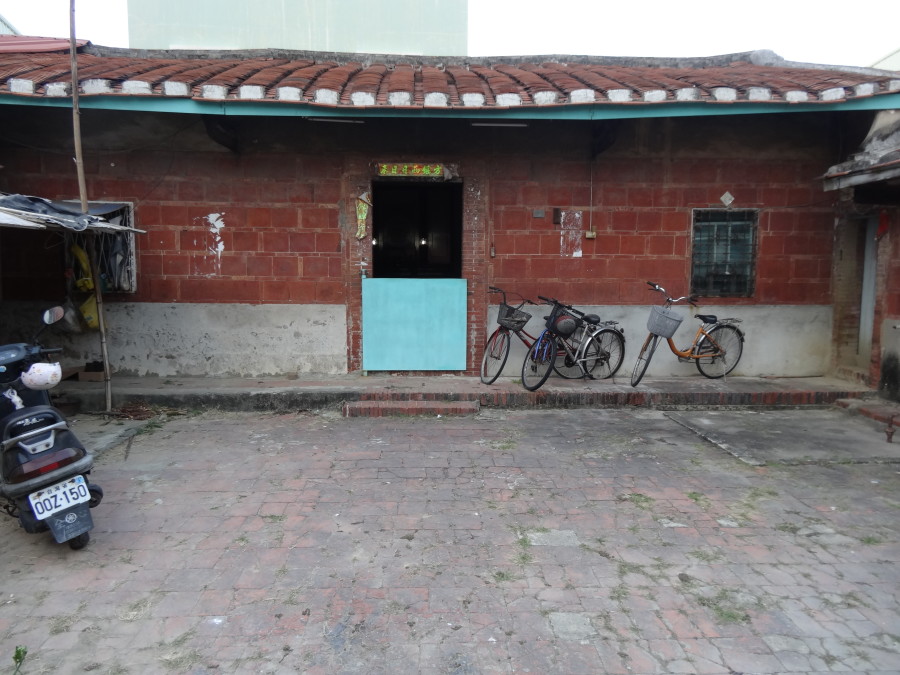
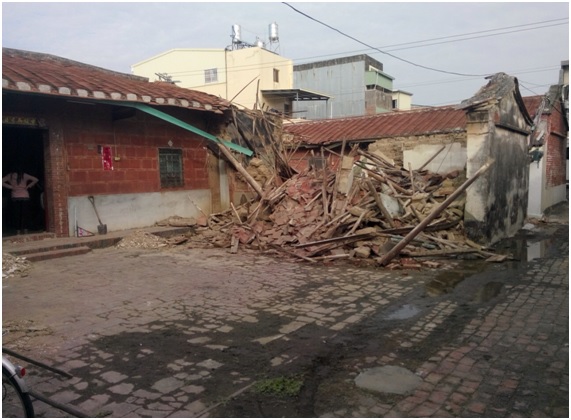
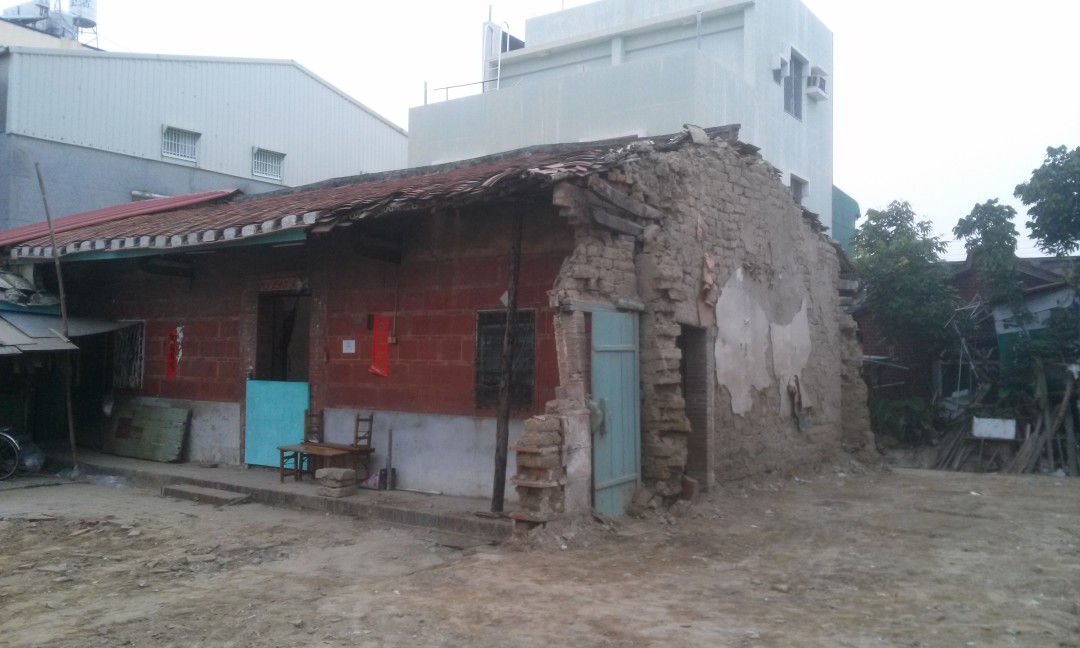
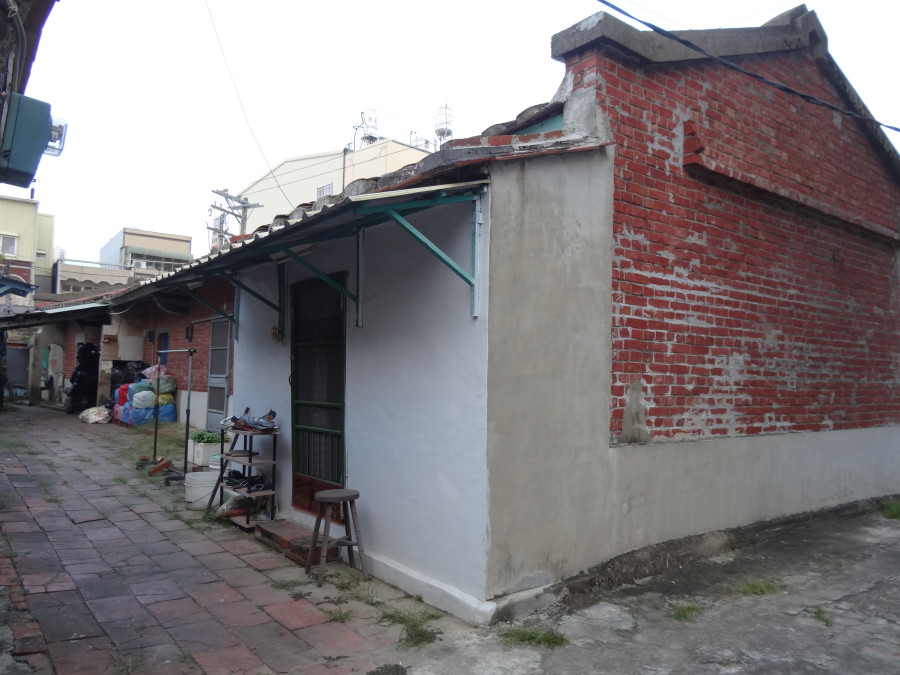
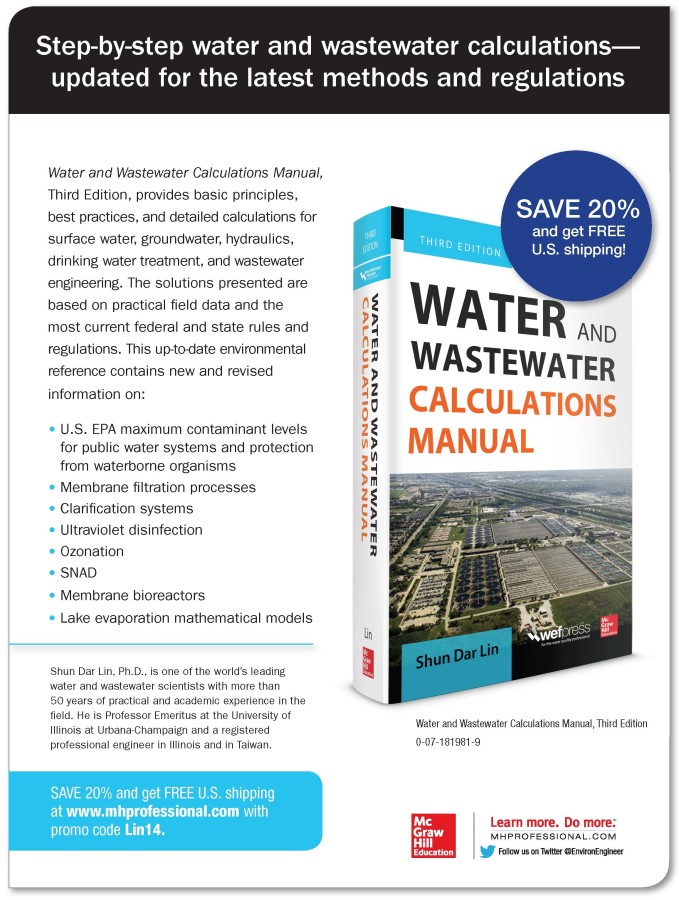
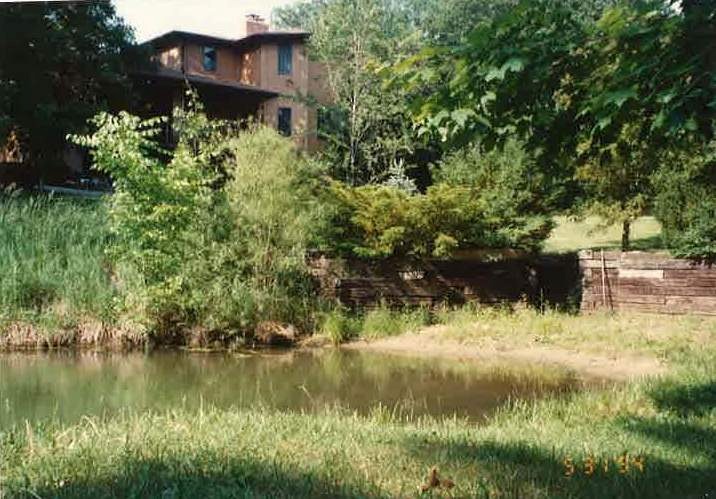
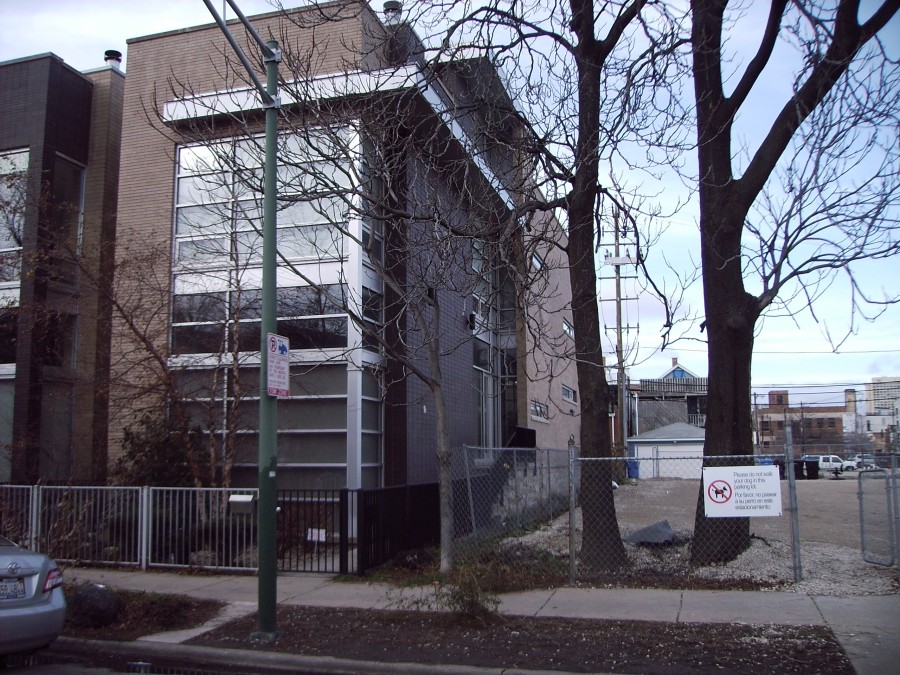
Translated from 366. 一個鄉下孩子由台灣台南到芝加哥 / 林舜達 /2015/11
Updated: 12/19/2020

